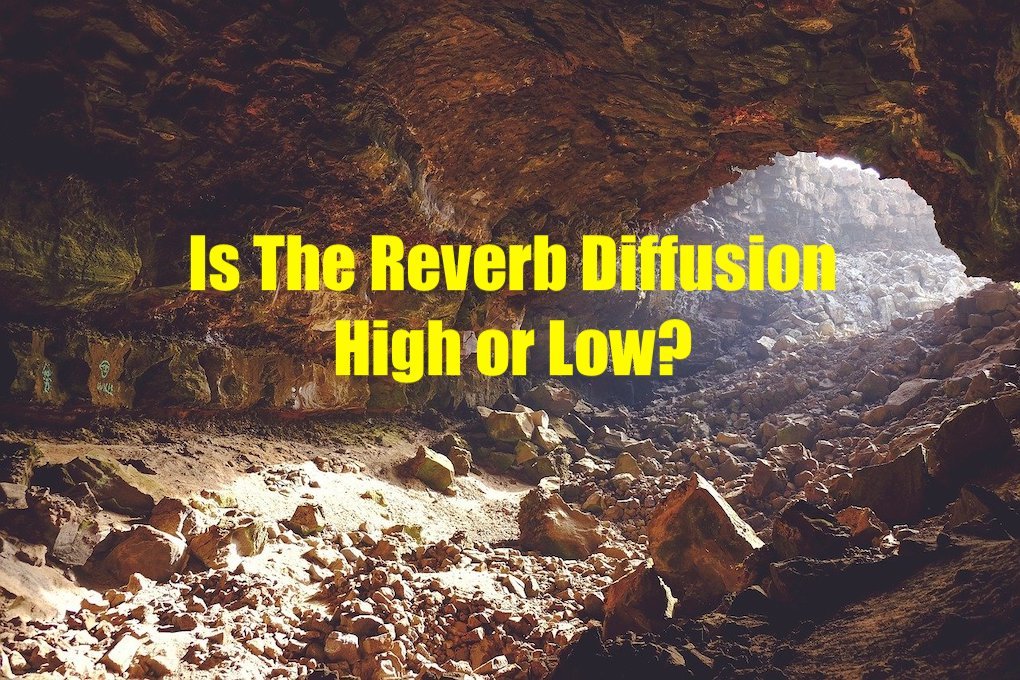- in Production by Bobby Owsinski
A Look At Reverb Diffusion And When To Use It

Most reverb plugins concentrate on the 3 parameters that count the most; type (hall, room, plate, etc), predelay and decay. If you really want to get tweaky with your effect though, there’s often another parameter that can be as important, and that’s reverb diffusion.
What Is Reverb Diffusion?
Natural reverb is made up of reflections off the surfaces of the environment that you’re in. These are basically individual tiny echos, but they’re strung together so closely that we don’t hear each of them separately (remember the Haas effect where you can’t hear individual echos as separate events below 40 milliseconds?).
Digital reverb duplicates these reflections by creating thousands of random echos, but one of the cool things is that because it’s all in the digital domain, we can manipulate these echos to emulate different environments.
Reverb diffusion controls how many of those echos are generated and how they’re separated from each other. Why is that important? Different surfaces affect the diffusion differently.
For instance, a surface that’s smooth like a gym or a reverb chamber with tiled walls will have a low diffusion, or a lower number of reflections that are more evenly spaced. An environment with a rocky surface with lots of jagged edges (like a cave) will have a high rate of diffusion, meaning there are a lot more reflections that are more randomly spaced.
Now Let’s Use It
So how does this apply to real world use? Drums and percussion tend to sound better with high diffusion, since the random reflections tend to emphasize the transients.
On the other hand, long sustaining pads like strings and synths, and vocals and horns, tend to sound better with low diffusion where the reflections are evenly spaced so the reverb is smoother and not as prominent.
By the way, often there’s another reverb parameter available called Density that’s similar to Diffusion and produces similar results. Density determines how closely the reflections are to each other. The closer they are to each other, the smoother the reverb sound, especially the tail.
In the end, these parameters aren’t something that you need tweak on every mix. It’s basically for when you have a sound that’s pretty much what you’re looking for, but not quite there yet. Diffusion can sometimes dial in the perfect reverb for the situation.
You can read more from The Mixing Engineer’s Handbook and my other books on the excerpt section of bobbyowsinski.com.

